Appreciation of the top ten trees with the hidden meaning of "promotion and wealth" among the commonly used outdoor garden plants
With the development of society and the continuous improvement of human living standards, people have more and more demands for culture and spirituality. Therefore, people have higher and higher requirements for the garden landscape in front of and behind their houses. They not only require the garden landscape to be beautiful, fragrant and colorful, but also require it to have good meaning or connotation. For example, some trees imply the meaning of "promotion and wealth" and are very popular.
We have sorted out these 10 garden plants with beautiful meanings. They can all be planted in Qingdao and other areas. Some of them are auspicious plants in traditional "feng shui", some are "Buddhist" mascots, and some are plants whose "names" imply auspiciousness or wealth. Let's appreciate them together.
01. Zelkova
The beech tree is tall and majestic, with dense green shade in midsummer, beautiful branches and leaves, and bright red leaves in autumn. The leaves can present different seasonal characteristics with the change of seasons. The beech tree has high ornamental value and rich cultural connotations. Because "beech" and "raise" are homophones, ancient people often planted them in front of and behind their houses. The king of beech trees in Qingdao Zhongshan Park has attracted much attention. Some communities have "planted" beech trees alone in flower beds to create a unique landscape.
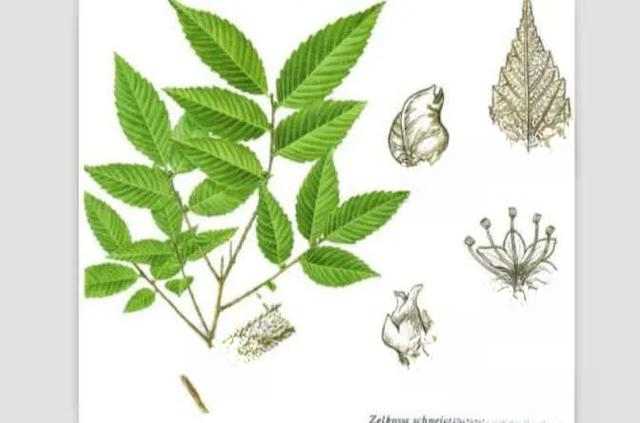
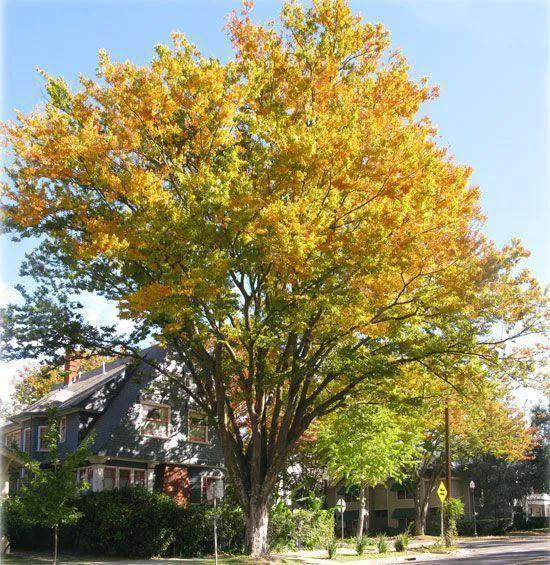
02. Liriodendron tulipifera
The Ma Gua Tree, scientifically known as Liriodendron chinense, is a deciduous tree of the genus Liriodendron of the Magnoliaceae family. It is named "Ma Gua Wood" because of its leaves shaped like Ma Gua; its flowers are shaped like tulips, so it is called "Tulips of the World". It is a famous street tree. In autumn, the leaves turn yellow, more like "yellow Ma Gua" hanging on the tree. In ancient times, wearing a "yellow Ma Gua" meant rapid success, so this tree has a better meaning.
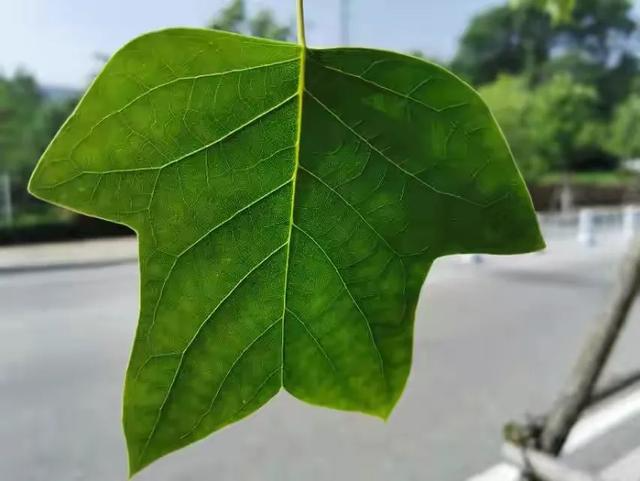
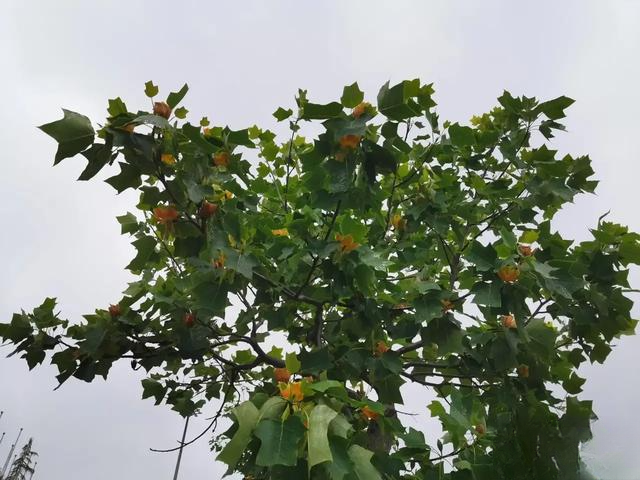

03. Gold and silver wood
Honeysuckle, also known as honeysuckle, is a deciduous shrub up to 6 meters high. It blooms from May to June and ripens from August to October. It grows in the bushes in the forest or near the streams at the edge of the forest. Honeysuckle blooms in late spring and early summer, with yellow and white mixed and changing colors. It belongs to the Caprifoliaceae family and is similar to "honeysuckle", hence the name honeysuckle. Its flowers not only represent "gold and silver", but are also fragrant; in autumn, the branches are full of red fruits. Although honeysuckle also has beautiful meanings, it belongs to the bushes and the tree shape is scattered. Some people don't like this kind of shrub.
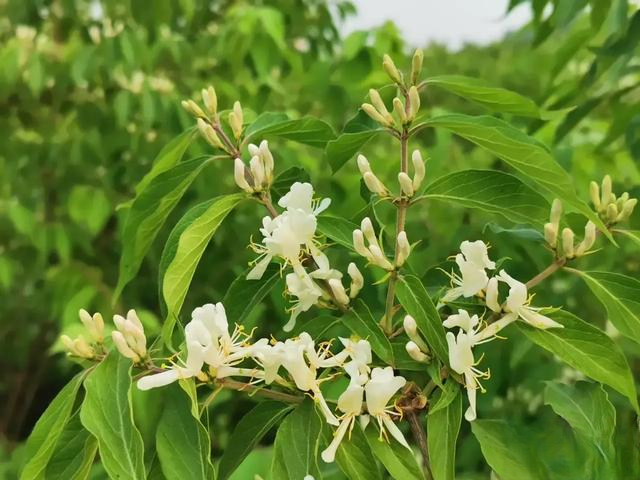
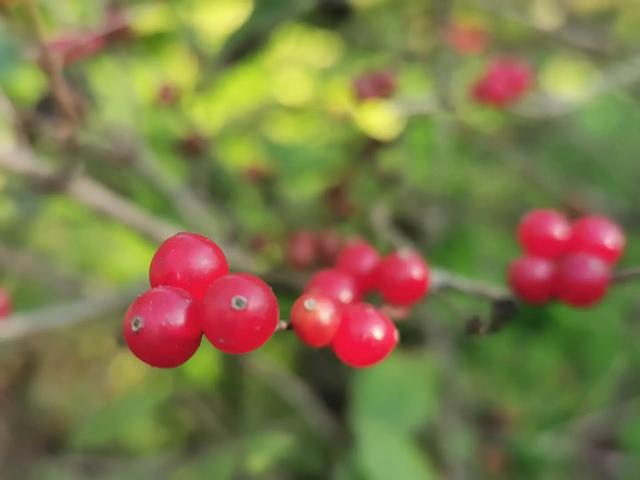
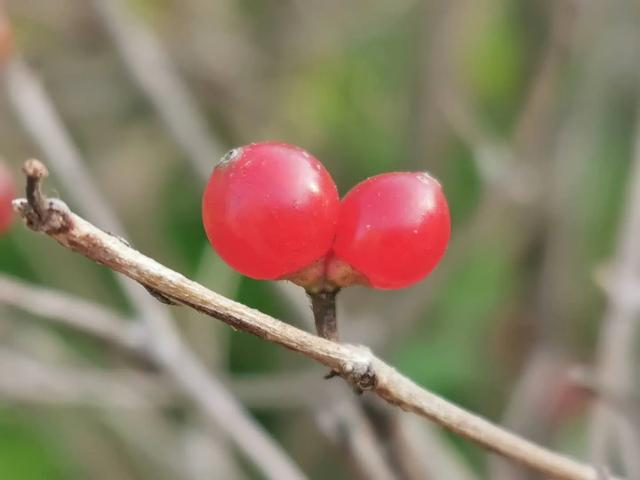
04. Golden Tree:
The golden tree is a tree of the Bignoniaceae family and the genus Catalpa. It is an aromatic plant named after its clusters of fruits that look like gold bars. It blooms in May and June and bears fruit in August and September. If you plant a golden tree in your yard, in autumn and winter, the clusters of gold bars hanging on the branches will become a beautiful symbol and make people happier.

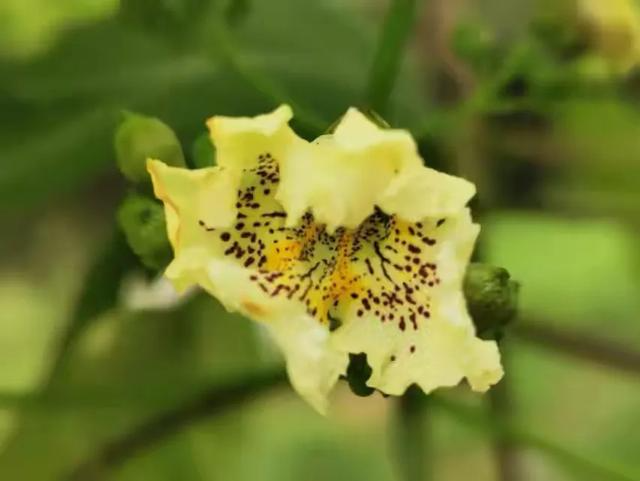
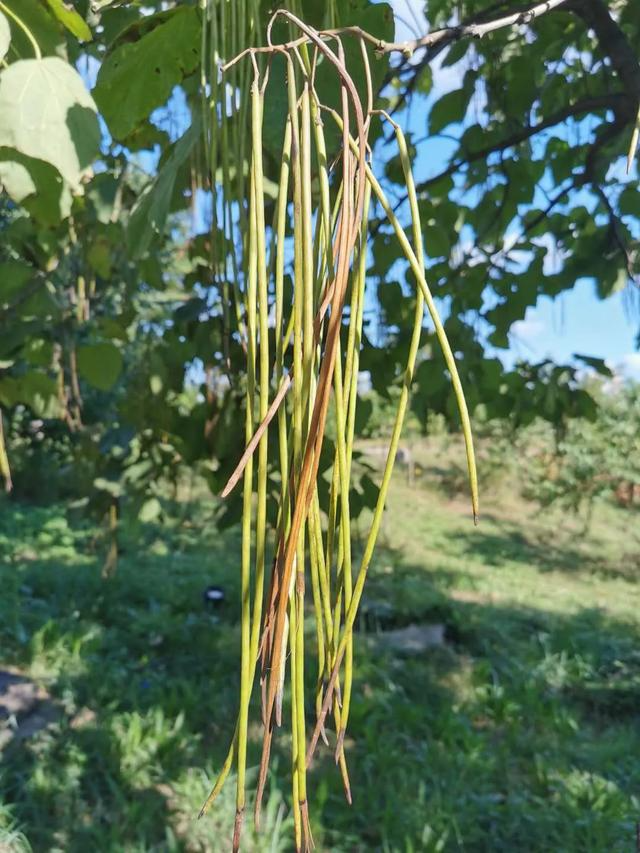
05. Dogwood:
Cornus officinalis, also known as "Yuejiao" and "Aizi", is an evergreen fragrant plant that has the functions of killing insects, disinfecting, and expelling cold and wind. Its flower language: wealth and good fortune, expelling evil and evil. Why did people wear cornus officinalis when climbing high places in ancient times? It turns out that Feng Shui believes that cornus officinalis is a lucky charm. Wearing it when climbing high places on the Double Ninth Festival is believed to avoid disasters. For people who hope to get promoted and make a fortune, they also need to plant some trees to ward off evil spirits. In the Qingdao area, cornus officinalis can be planted and grown.
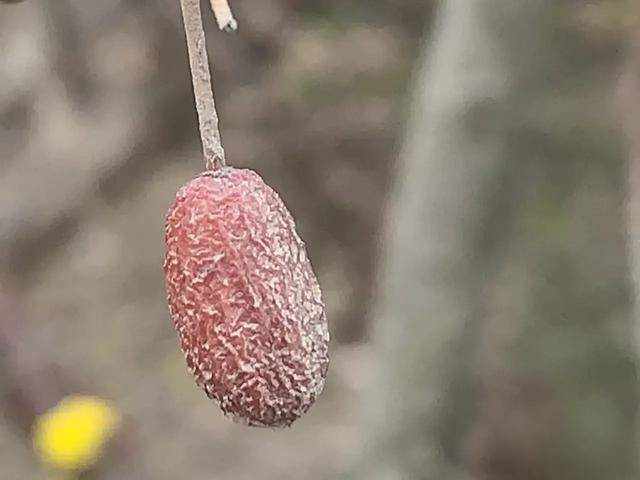
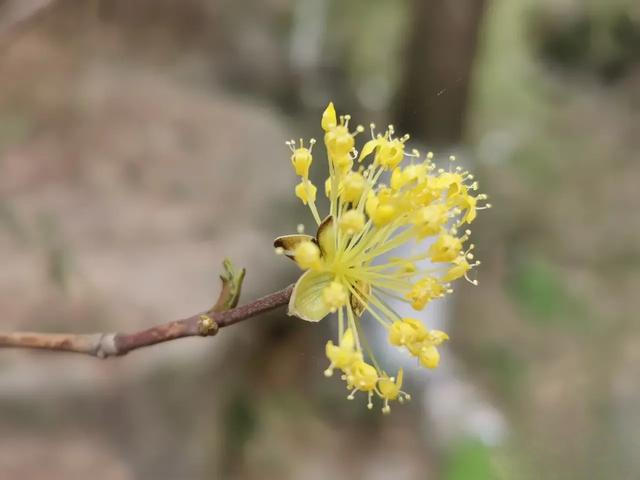
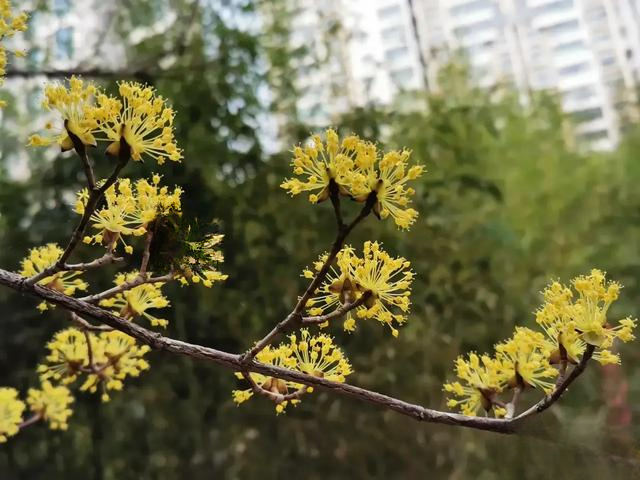
06. Osmanthus:
Sweet osmanthus is the common name for many trees of the genus Osmanthus. The representative species is Osmanthus fragrans, also known as rock osmanthus, which is an evergreen shrub or small tree of the Rhinoceros family. It is hard and thin-skinned and does not wither in winter. The flowers grow between the leaves, and the corolla is four-lobed and small in shape. There are many horticultural varieties, the most representative of which are golden osmanthus, silver osmanthus, red osmanthus, and laurel. Because "Gui" is the same as "Gui", planting sweet osmanthus in the courtyard means wealth and honor. Since ancient times, people have advocated "either rich or noble", and sweet osmanthus can bring people good meanings.
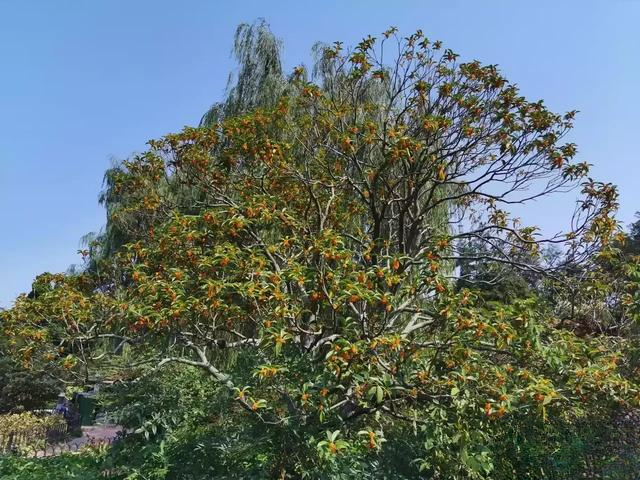
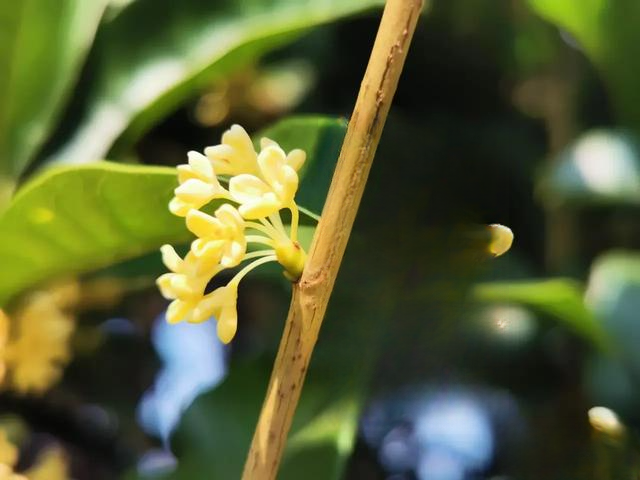
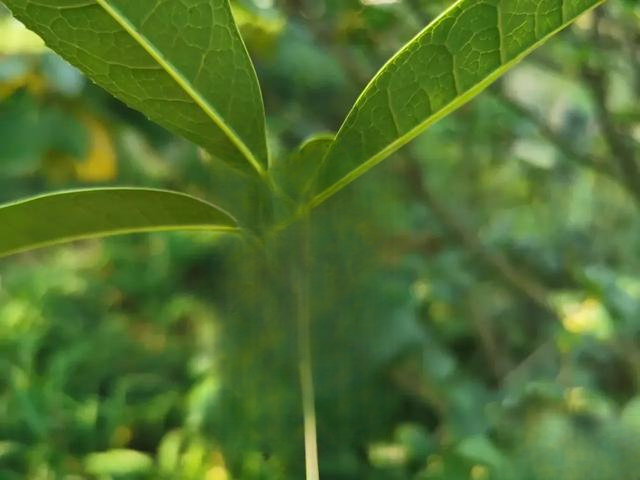
07. Begonia:
Begonia is the common name for many plants of the genus Malus and several plants of the genus Chaenomeles. It is a famous ornamental tree species, commonly cultivated in various places, and widely used as an ornamental flower and tree for urban greening and beautification. Many of them are famous ornamental plants, such as: Western Manchurian Begonia, Weeping Begonia, Stem-Stemmed Begonia and Papaya Begonia, commonly known as the "Four Begonias". The begonia has a graceful flower shape and blooms like brocade. Since ancient times, it has been a famous flower appreciated by both the refined and the popular. It is known as the "national beauty". It is often planted in royal gardens with magnolia, peony, and osmanthus, forming the artistic conception of "Jade Begonia and Wealth".
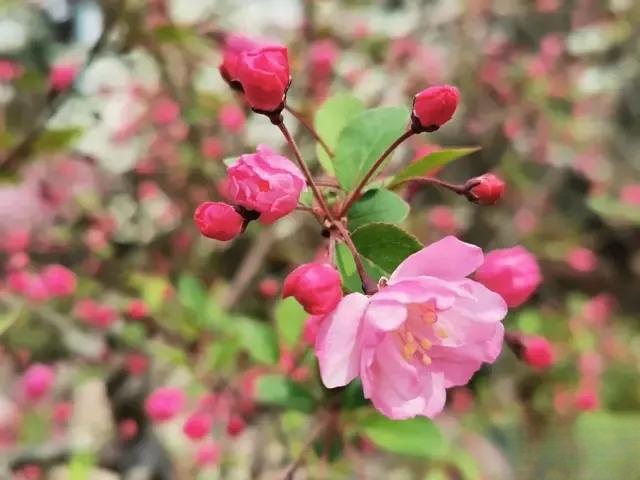
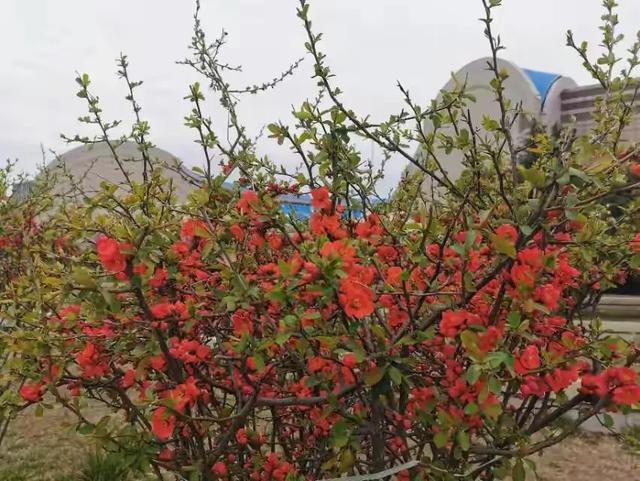
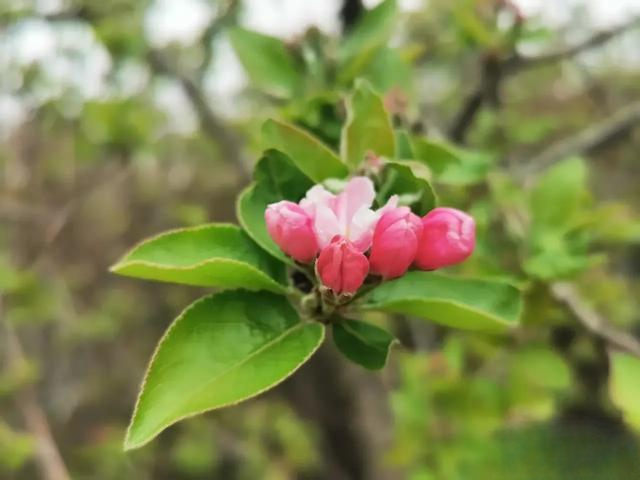
08 Soapberry
Soapberry is a plant of the genus Sapindaceae, Sapindaceae, Sapindaceae, Sapindaceae. The flowering period is June-July, and the fruiting period is September-October. It grows in the east, south and southwest. It is also commonly cultivated in Japan, Korea, Indochina and India. The ancients believed that the sticks made from the wood of the soapberry tree could exorcise demons and kill ghosts, so it was named "soapberry", also known as "ghost-seeing". For people who need to get promoted and make money, they not only need good wishes, but also need to be "free from troubles and disasters" at work, without ghosts causing trouble, so this tree can satisfy people's wishes.
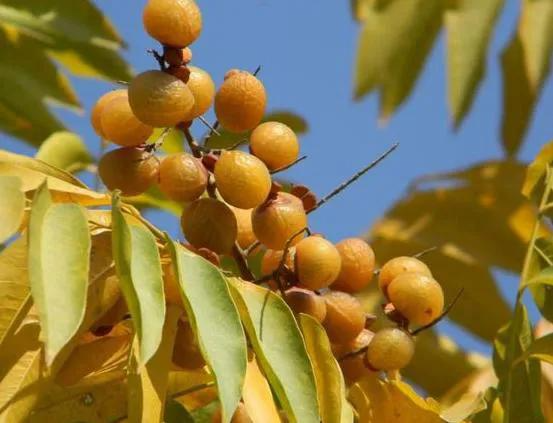
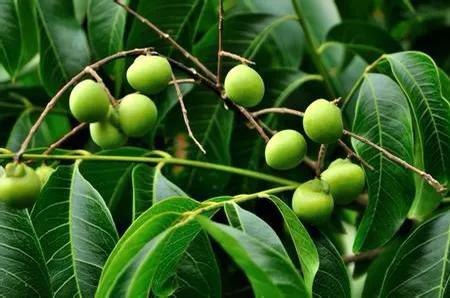
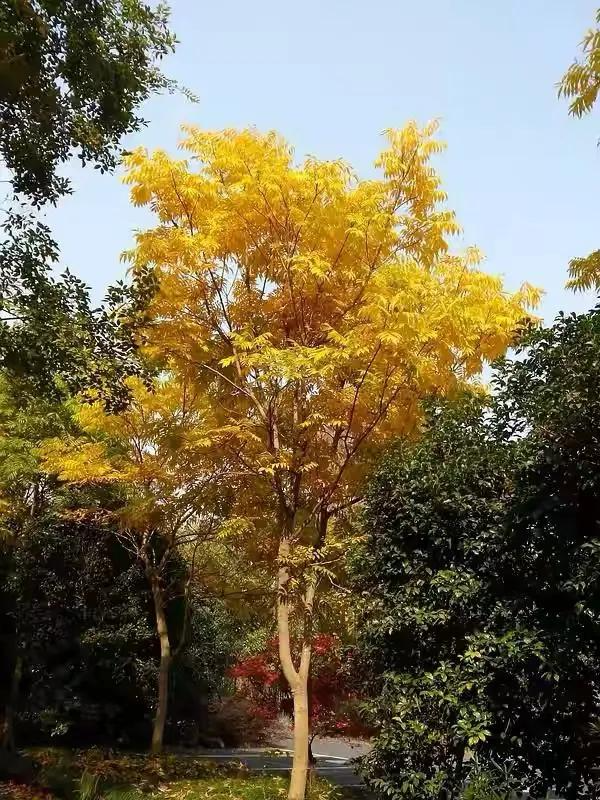
09. Ginkgo:
Ginkgo symbolizes health and longevity. It was once one of the rare tree species that only survived in the world and is known as a "living fossil". It has a long lifespan, an elegant tree shape, and unique leaves. The leaves are green in spring and summer, and turn yellow in autumn. It is very spectacular and beautiful, and has a high ornamental value. Ginkgo trees are not only beautiful, but also very good Feng Shui plants. They have the Feng Shui effects of calming down the house, warding off evil spirits, adding blessings and longevity, and attracting wealth and good fortune. They attract wealth and good luck.

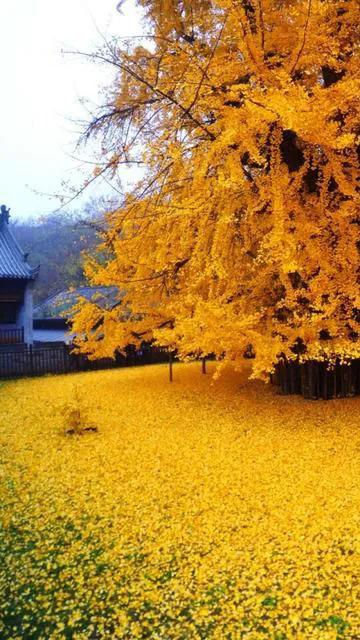
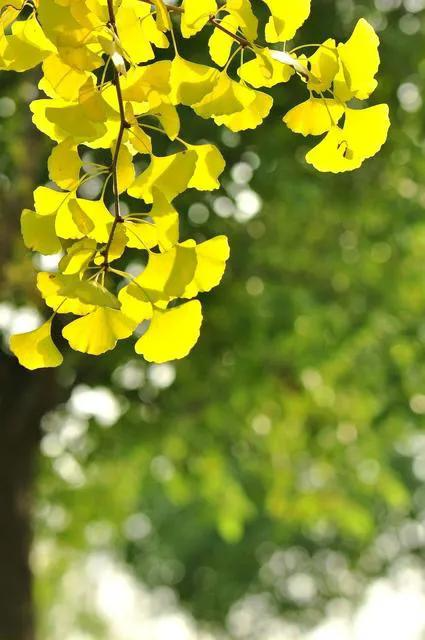
10. Golden pine:
It is a species of the genus Pine of the Pinaceae family. It is also known as the Golden Pine and the Water Tree. The leaves are strip-shaped, flat and soft. They grow in spirals on long branches and in clusters of 15 to 30 on short branches, radiating and spreading out in all directions. They turn golden yellow in autumn and are as round as copper coins, hence the name. Not only is the tree beautiful, but the name also has a beautiful meaning.
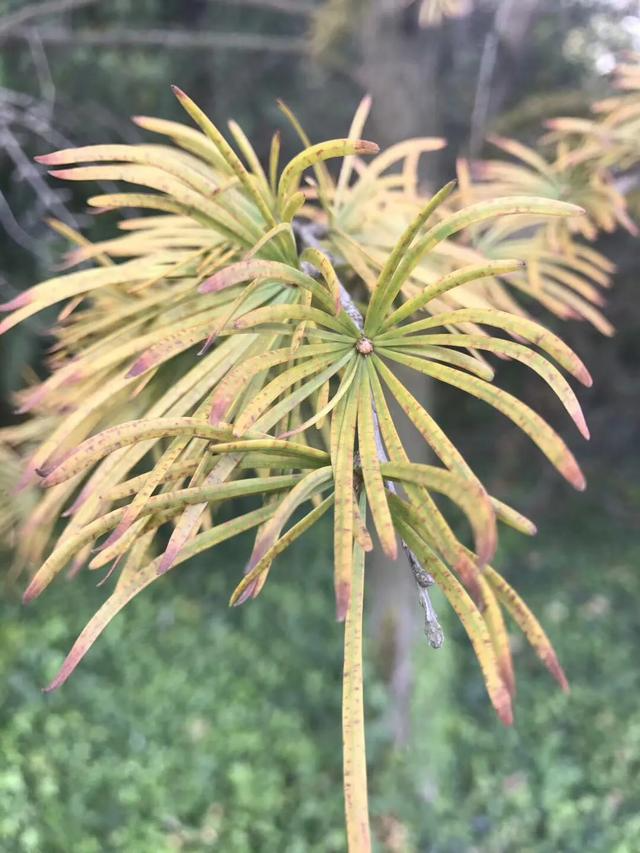
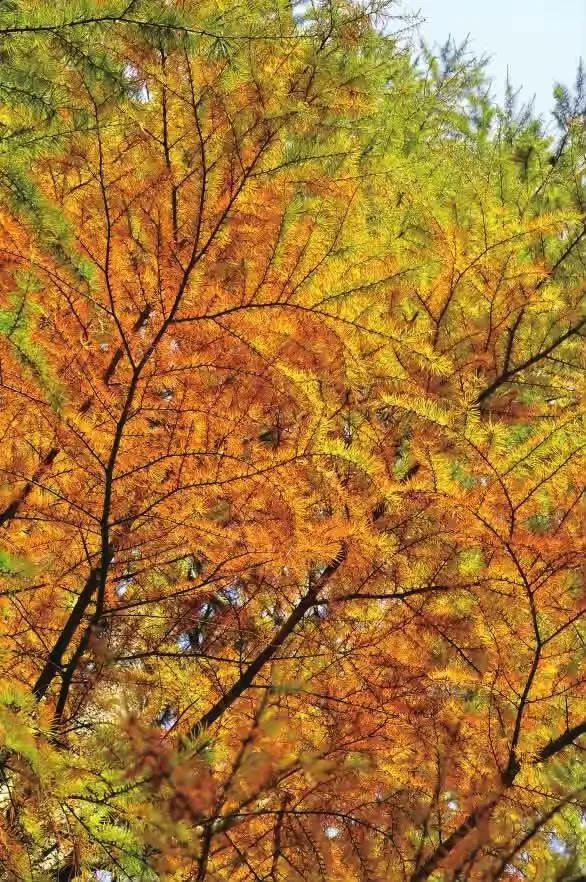
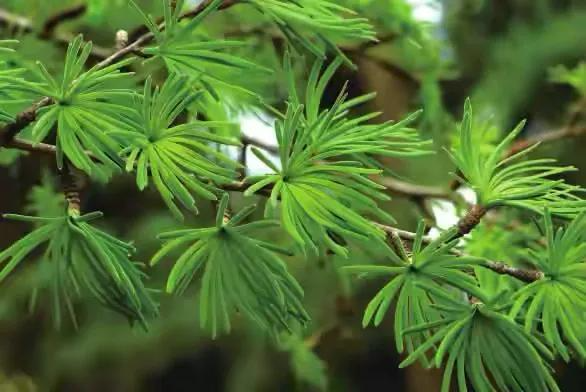
Among these ten trees that symbolize "promotion and wealth", which one do you like? Or do you know any other tree species with beautiful meanings? Welcome to share and exchange.